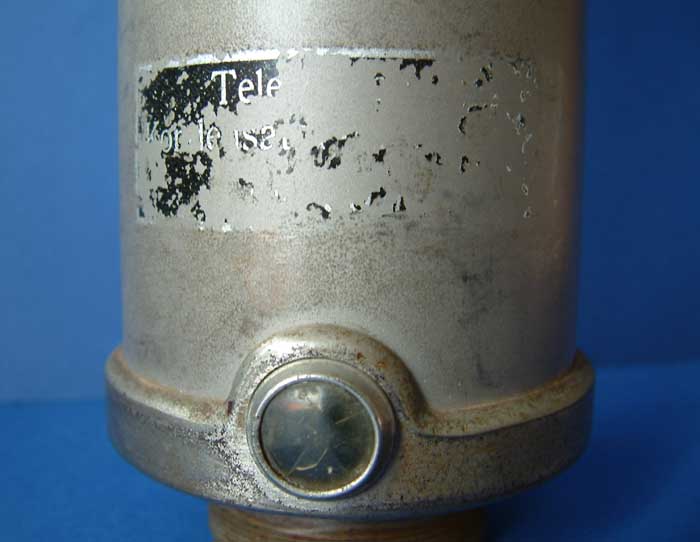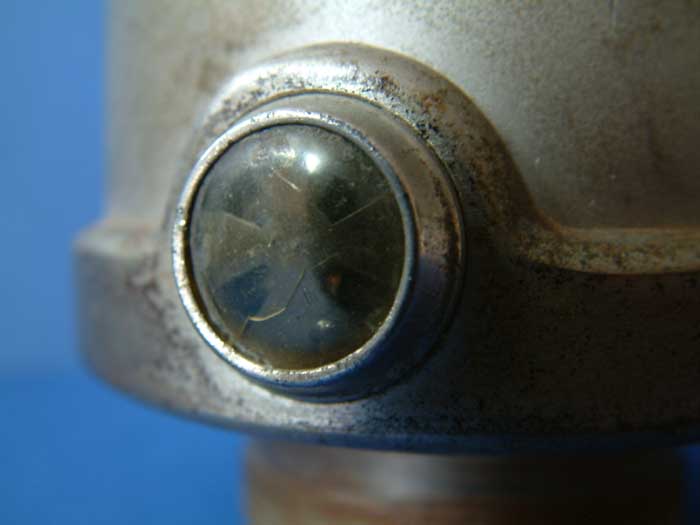bernbrue
Well-known member
Hi,
I did some searching for a dedicated EF12k mic schematic and stumbled over the CMV5b bottle mic. I´ve got almost all part together and wonder what to take into consideration before building the mic according to the attached schematic. I´ve read excellent reviews about this mic which was built with various different tubes (VF14 with BV8 transformer as well). It is supposed to be an outstanding mic with sonic qualities comparable to the legendary U47. Since I´m going to built it into a U47 style body, the latter aspect seems to be quite interesting.
I know, don´t believe what people say, just built it and listen yourself. But my interest is specially related to the psu (half wave rectified H+ with stabilzer tube and negative heater supply), the hiZ area (50Meg) which I might replace with higher value resistors and this funny "Betriebsanzeige" that was used in old telephones as well (internal resistance is 6,5 Ohms). The bias of the EF12 is achieved by the heater voltage. Any hints, suggestions and warnings are welcome.
regards
Bernd
I did some searching for a dedicated EF12k mic schematic and stumbled over the CMV5b bottle mic. I´ve got almost all part together and wonder what to take into consideration before building the mic according to the attached schematic. I´ve read excellent reviews about this mic which was built with various different tubes (VF14 with BV8 transformer as well). It is supposed to be an outstanding mic with sonic qualities comparable to the legendary U47. Since I´m going to built it into a U47 style body, the latter aspect seems to be quite interesting.
I know, don´t believe what people say, just built it and listen yourself. But my interest is specially related to the psu (half wave rectified H+ with stabilzer tube and negative heater supply), the hiZ area (50Meg) which I might replace with higher value resistors and this funny "Betriebsanzeige" that was used in old telephones as well (internal resistance is 6,5 Ohms). The bias of the EF12 is achieved by the heater voltage. Any hints, suggestions and warnings are welcome.
regards
Bernd






